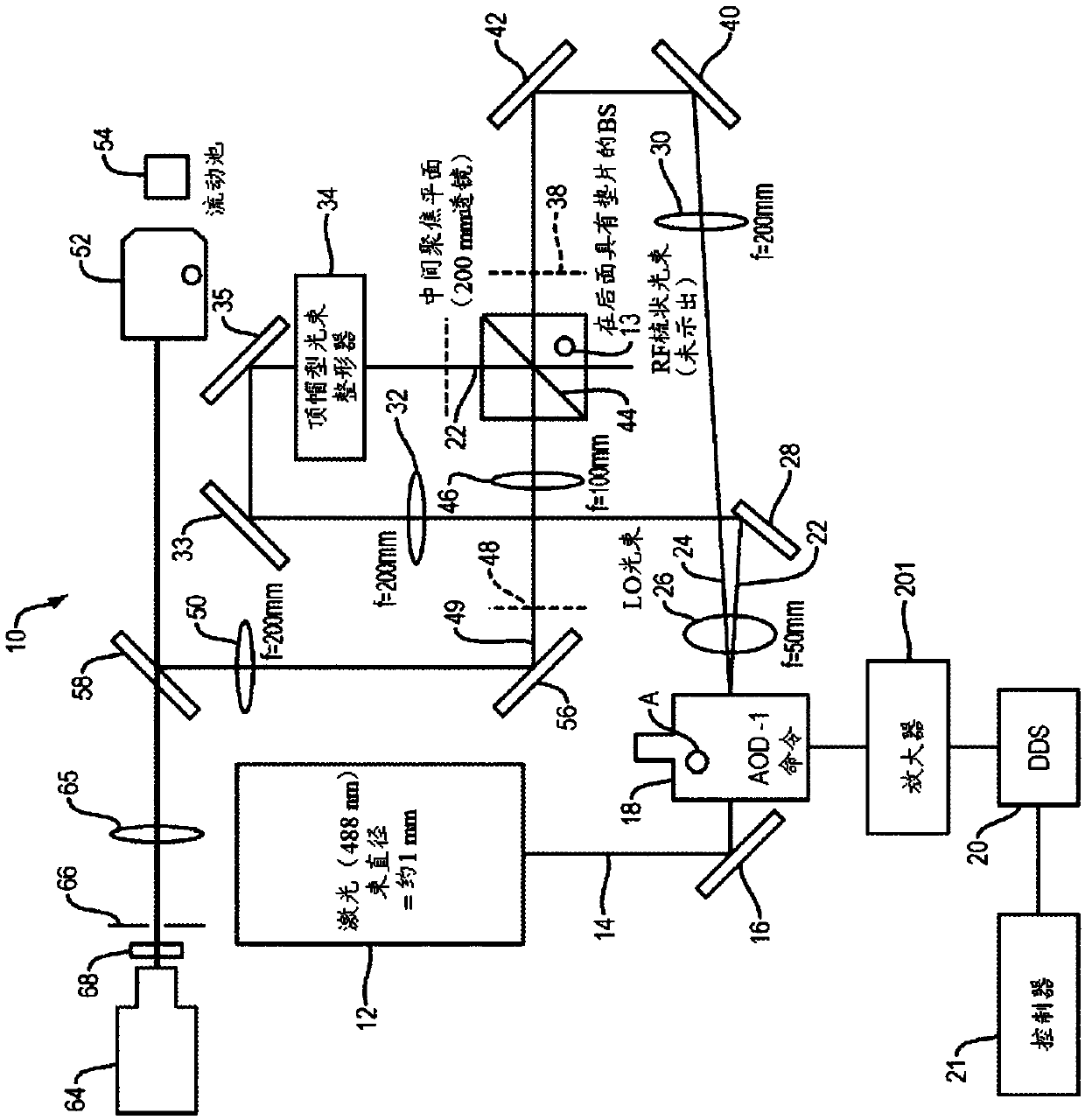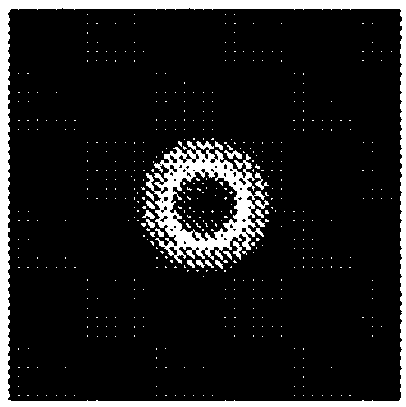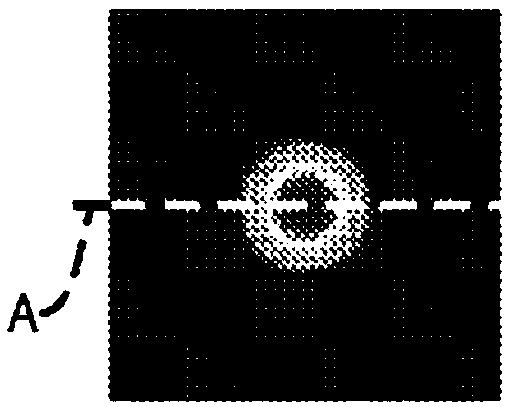Cell sorting using a high throughput fluorescence flow cytometer
A flow cytometry and fluorescence technology, which is used in the field of cell sorting using high-throughput fluorescence flow cytometry, and can solve the problems that high-throughput cell separation and application cannot be used.
- Summary
- Abstract
- Description
- Claims
- Application Information
AI Technical Summary
Problems solved by technology
Method used
Image
Examples
Embodiment Construction
[0088] The present teachings generally relate to methods and systems for determining one or more characteristics of particles (eg, cells) in a flow cytometer and, in some embodiments, using those characteristics to sort the particles. In the embodiments discussed below, the methods employ computer processors for their implementation. Unless otherwise stated, various terms used below to describe the teachings have their ordinary meanings in the art. For example, the term "fluorophore" is used herein, consistent with its conventional meaning in the art, to refer to a fluorescent chemical compound that emits radiation in response to illumination by exciting radiation.
[0089] The terms "cytometry" and "flow cytometry" are also used in accordance with their conventional meanings in the art. In particular, the term "cytometry" may refer to techniques for identifying and / or sorting or otherwise analyzing cells. The term "flow cytometry" may refer to a cell counting technique in w...
PUM
| Property | Measurement | Unit |
|---|---|---|
| size | aaaaa | aaaaa |
| size | aaaaa | aaaaa |
Abstract
Description
Claims
Application Information
 Login to View More
Login to View More - R&D
- Intellectual Property
- Life Sciences
- Materials
- Tech Scout
- Unparalleled Data Quality
- Higher Quality Content
- 60% Fewer Hallucinations
Browse by: Latest US Patents, China's latest patents, Technical Efficacy Thesaurus, Application Domain, Technology Topic, Popular Technical Reports.
© 2025 PatSnap. All rights reserved.Legal|Privacy policy|Modern Slavery Act Transparency Statement|Sitemap|About US| Contact US: help@patsnap.com



